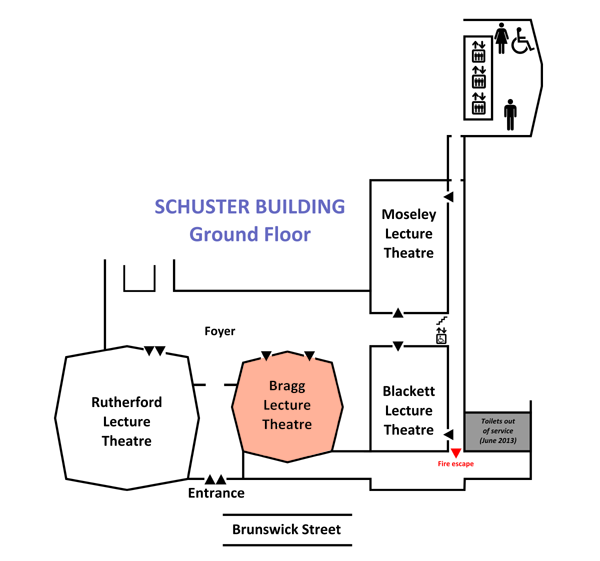
|
iCHSTM 2013 Programme • Version 5.3.6, 27 July 2013 • ONLINE (includes late changes)
Index | Paper sessions timetable | Lunch and evening timetable | Main site |

|
iCHSTM 2013 Programme • Version 5.3.6, 27 July 2013 • ONLINE (includes late changes)
Index | Paper sessions timetable | Lunch and evening timetable | Main site |
For more than two decades now, bicycle history has been an active field within the history of technology, containing a diversity of studies, from detailed accounts of technological development, to social histories of cycling, and to theoretical approaches to bicycle use and innovation. Recently, the bicycle has also been attracting increased attention as a sustainable means of transport, the historiography of which is of interest in current debates on mobility.
Despite the ongoing interest and the multitude of historical insights, bicycle history calls for further research, especially since the bicycle has likely been an integral part of everyday life and mobility in all corners of the world at some point in time. Many aspects of bicycle use and technology remain invisible or have only a fleeting presence in bicycle historiography. This is partially due to locations that seem (historically?) peripheral, such as developing countries and rural areas. But even the history of Western, urban cycling asks for more scrutiny, especially during the decades of the bicycle’s most intensive use as a means of transport: from the early twentieth century to the 1960s. Similarly interesting are the dynamics of cycling’s decline and subsequent resurrection in the second half of the twentieth century.
How can we study the history of everyday practices in bicycle use and non-use? Is the decline of cycling in industrial societies a universal phenomenon? What do the transnational timelines of bicycle history look like? How have technological features and design influenced the image and popularity of cycling? Are there “national styles” in the design and technical characteristics of bicycles? This session concentrates on many aspects of bicycle history, all of them so far understudied. It questions typical timelines of bicycle history and presents alternative histories and controversial case studies. We will study and compare cycling histories in Asia, America, and Europe, scrutinizing the patterns of growth and decline in cycling; examining the actions and opinions of different actors at the individual, local, national, and transnational levels; and looking at the dialogue around the material and immaterial components of the appropriation and use of the bicycle.

